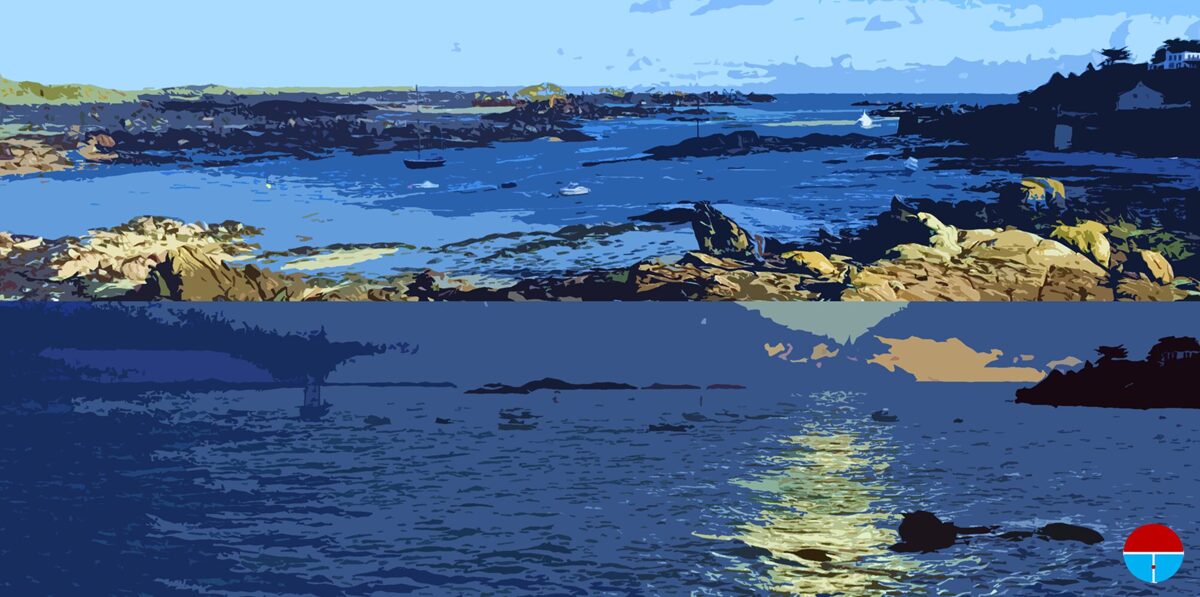Tide
The Tide are the rise and fall of sea levels caused by the combined effects of the gravitational forces exerted by the Sun and the Moon, and the rotation of the Earth.
Tide chart can be used to find the predicted times and amplitude or tidal range of the factors including the alignment of the Sun and Moon, the phase and amplitude of the tide pattern of tides in the deep ocean, the amphidromic systems of the oceans, and the shape of the coastline and nearshore.
They are however only predictions, the actual time and height of the tide is affected by wind and atmospheric pressure. Many shorelines experience semi-diurnal tides two nearly equal high and low tides each day. Other locations have a diurnal tide one high and low tide each day. A "mixed tide" two uneven magnitude tides a day is a third regular category.
Tides vary on timescales ranging from hours to years due to a number of factors, which determine the lunitidal interval. To make accurate records, tide gauges at fixed stations measure water level over time. Gauges ignore variations caused by waves with periods shorter than minutes. These data are compared to the reference or datum level usually called mean sea level.
While tides are usually the largest source of short-term sea-level fluctuations, sea levels are also subject to forces such as wind and barometric pressure changes, resulting in storm surges and especially in shallow seas.
Tidal range are accurately apply to the oceans it also can occur in other systems whenever a gravitational field that varies in time and space is present. For example, the shape of the solid part of the earth is affected by earth of the tide water.

